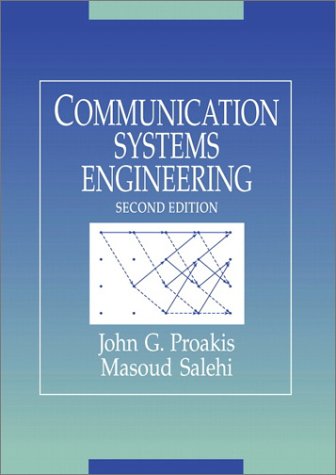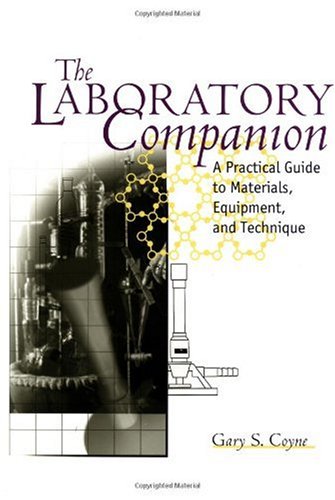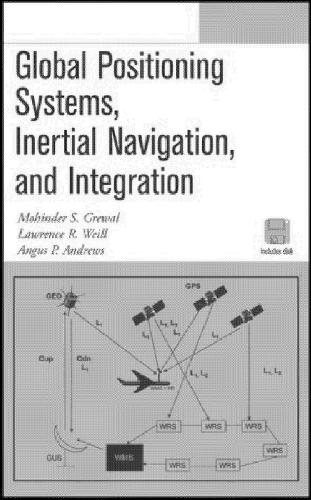John G. Proakis, Masoud Salehi0130617938, 9780130617934, 0130950076, 9780130950079
Amazon.com Review Introducing concepts in the analysis and design of analog and digital communication systems, this text is intended primarily for use in a senior or first-year graduate introductory course in communications. It assumes a strong background in signals and linear systems theory and elementary probability. The text provides a detailed coverage of communication systems topics, including source coding, channel coding, baseband and carrier modulation, channel distortion and equalization, synchronization, and spread-spectrum techniques. Because of the increasing prevalence of digital communication technologies, it gives significant emphasis to digital communication concepts and techniques. Although the text is more theoretical than applications-oriented, it contains over 180 worked-out examples and over 480 problems (many with answers) to aid the reader in applying the theory to real-world situations. The authors give extra attention to the more challenging concepts, making this an ideal text for those new to the subject.
Table of contents :
Communication Systems Engineering, Second Edition (ISBN:0130617938)……Page 3
cover……Page 1
Contents……Page 4
Preface……Page 8
1.1 Historical Review……Page 10
1.2 Elements of an Electrical Communication System……Page 12
1.3 Communication Channels and Their Characteristics……Page 16
1.4 Mathematical Models for Communication Channels……Page 19
1.6 Further Reading……Page 21
2.1 Fourier Series……Page 22
2.2 Fourier Transforms……Page 25
2.3 Power and Energy……Page 30
2.4 Sampling of Bandlimited Signals……Page 32
2.5 Bandpass Signals……Page 34
2.6 Further Reading……Page 38
3.2 Amplitude Modulation (AM)……Page 45
3.3 Angle Modulation……Page 58
3.4 Radio and Television Broadcasting……Page 67
3.5 Mobile Radio Stations……Page 74
3.6 Further Reading……Page 75
4.1 Probability and Random Variables……Page 82
4.2 Random Processes: Basic Concepts……Page 89
4.3 Random Processes in the Frequency Domain……Page 98
4.4 Gaussian and White Processes……Page 103
4.5 Bandlimited Processes and Sampling……Page 106
4.6 Bandpass Processes……Page 107
4.7 Further Reading……Page 110
5.1 Effect of Noise on Linear-Modulation Systems……Page 118
5.2 Carrier-Phase Estimation with a Phase-Locked Loop (PLL)……Page 122
5.3 Effect of Noise on Angle Modulation……Page 127
5.4 Comparison of Analog-Modulation Systems……Page 135
5.5 Effects of Transmission Losses and Noise in Analog Communication Systems……Page 136
5.6 Further Reading……Page 140
6. Information Sources and Source Coding……Page 143
6.1 Modeling of Information Sources……Page 144
6.2 Source-Coding Theorem……Page 146
6.3 Source-Coding Algorithms……Page 148
6.4 Rate-Distortion Theory……Page 151
6.5 Quantization……Page 155
6.6 Waveform Coding……Page 161
6.7 Analysis-Synthesis Techniques……Page 166
6.8 Digital Audio Transmission and Digital Audio Recording……Page 168
6.9 The JPEG Image-Coding Standard……Page 171
6.10 Further Reading……Page 173
7.1 Geometric Representation of Signal Waveforms……Page 180
7.2 Pulse Amplitude Modulation……Page 182
7.3 Two-Dimensional Signal Waveforms……Page 185
7.4 Multidimensional Signal Waveforms……Page 190
7.5 Optimum Receiver for Digitally Modulated Signals in Additive White Gaussian Noise……Page 195
7.6 Probability of Error for Signal Detection in Additive White Gaussian Noise……Page 212
7.7 Performance Analysis for Wireline and Radio Communication Channels……Page 228
7.8 Symbol Synchronization……Page 231
7.9 Further Reading……Page 236
8.1 Digital Transmission through Bandlimited Channels……Page 247
8.2 The Power Spectrum of Digitally Modulated Signals……Page 251
8.3 Signal Design for Bandlimited Channels……Page 255
8.4 Probability of Error in Detection of Digital PAM……Page 259
8.5 Digitally Modulated Signals with Memory……Page 263
8.6 System Design in the Presence of Channel Distortion……Page 277
8.7 Multicarrier Modulation and OFDM……Page 288
8.8 Further Reading……Page 290
9.1 Modeling of Communication Channels……Page 298
9.2 Channel Capacity……Page 299
9.3 Bounds on Communication……Page 303
9.4 Coding for Reliable Communication……Page 305
9.5 Linear Block Codes……Page 310
9.6 Cyclic Codes……Page 317
9.7 Convolutional Codes……Page 321
9.8 Complex Codes Based on Combination of Simple Codes……Page 329
9.9 Coding for Bandwidth-Constrained Channels……Page 333
9.10 Practical Applications of Coding……Page 337
9.11 Further Reading……Page 340
10.1 Digital Transmission on Fading Multipath Channels……Page 347
10.2 Continuous Carrier-Phase Modulation……Page 361
10.3 Spread-Spectrum Communication Systems……Page 374
10.4 Digital Cellular Communication Systems……Page 393
10.5 Further Reading……Page 397
Appendix A: The Probability of Error for Multichannel Reception of Binary Signals……Page 401
References……Page 402
Index……Page 407







Reviews
There are no reviews yet.